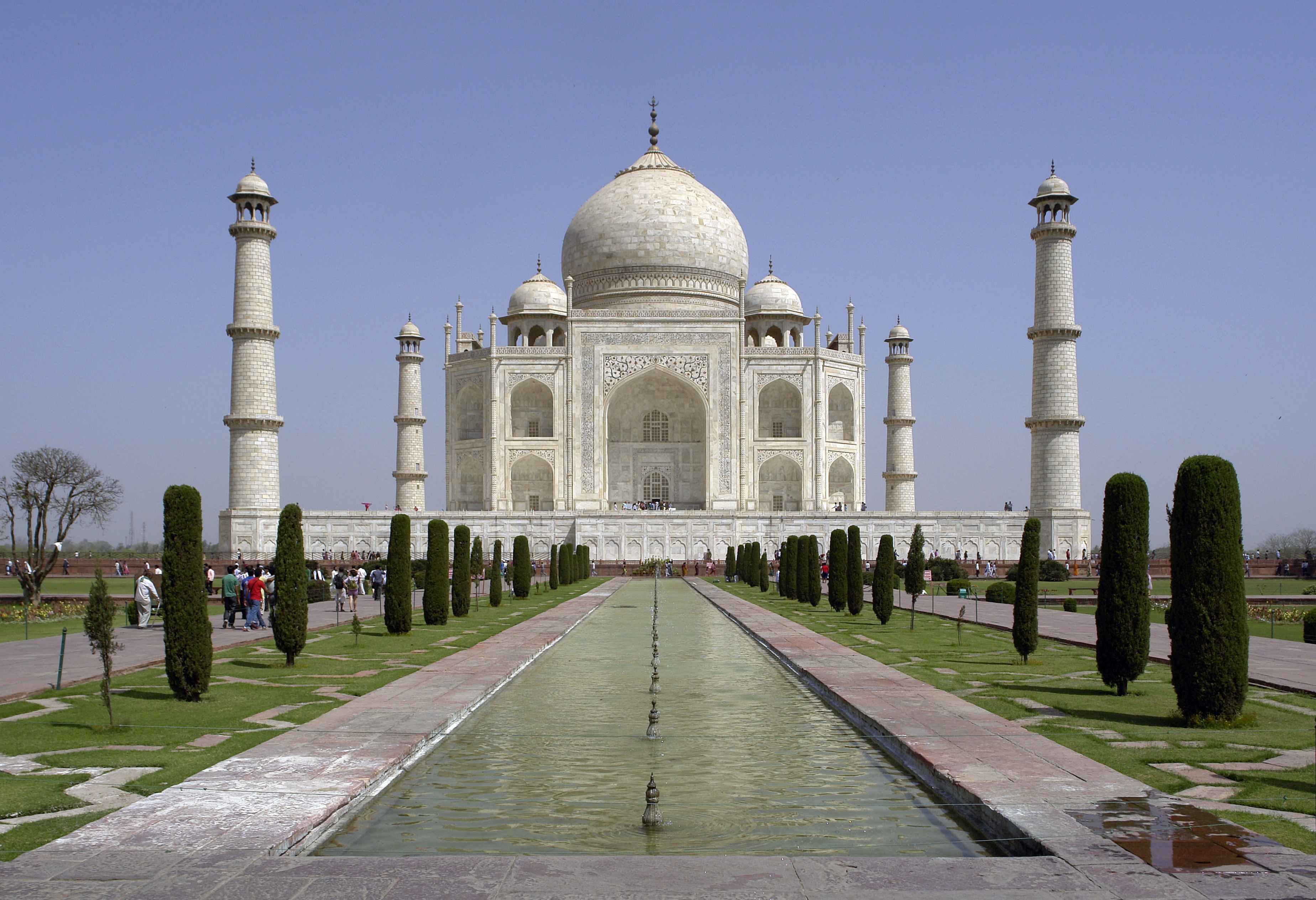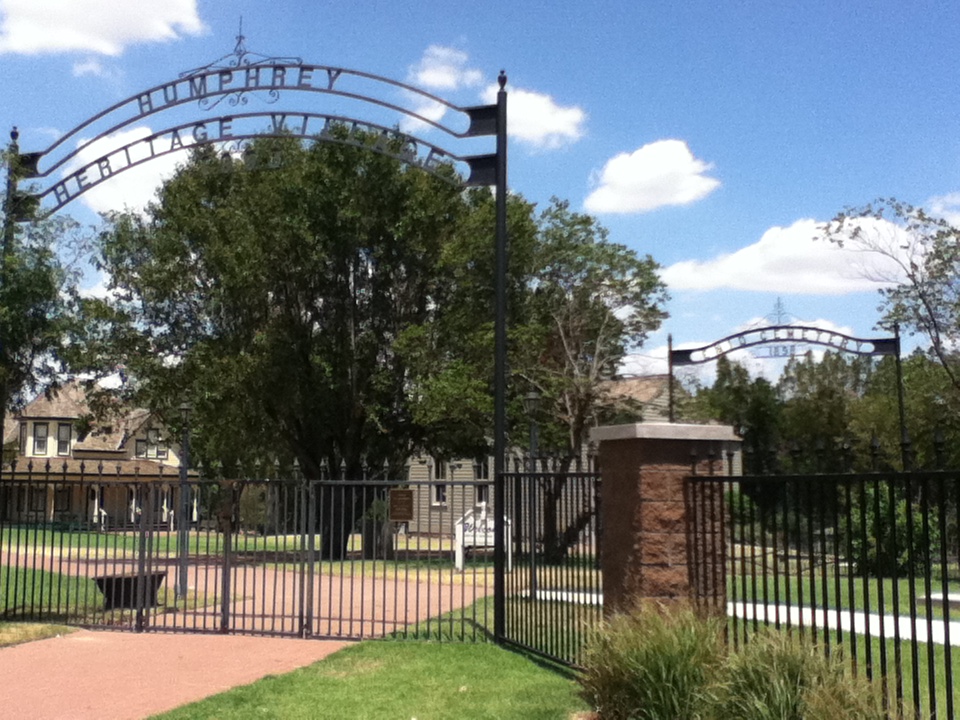|
Regional Heritage
Regional heritage consists of the natural and cultural environments and associated intangible cultural heritage that is perceived to be of importance in a region. The word “regional heritage” is a parallel to the word world heritage but does not refer to a specific object, but rather sets of sites, buildings and landscapes perceived to be valuable. Regional heritage are not formally appointed. Instead, it is subject to constant evaluation and discussion, and appears more or less clearly in the consensus among local, regional and national stakeholders. Regional heritage is physical environments, as perceived by humans. And in addition, its history, stories, customs and the "genius loci" that are constantly recreated and is transferred from generation to generation, creating a sense of identity and continuity. Keith Dewar writes: "Heritage can be world heritage, regional heritage, or it can belong to a particular culture or simply to an extended family. Heritage should not be see ... [...More Info...] [...Related Items...] OR: [Wikipedia] [Google] [Baidu] |
Intangible Cultural Heritage
An intangible cultural heritage (ICH) is a practice, representation, expression, knowledge, or skill considered by UNESCO to be part of a place's cultural heritage. Buildings, historic places, monuments, and artifacts are cultural property. Intangible heritage consists of nonphysical intellectual wealth, such as folklore, customs, beliefs, traditions, knowledge, and language. Intangible cultural heritage is considered by member states of UNESCO in relation to the tangible World Heritage Site, World Heritage focusing on intangible aspects of culture. In 2001, UNESCO made a survey among States and Non-governmental organization, NGOs to try to agree on a definition, and the Convention for the Safeguarding of the Intangible Cultural Heritage was drafted in 2003 for its protection and promotion. Definition The Convention for the Safeguarding of the Intangible Cultural Heritage defines the intangible cultural heritage as the practices, representations, expressions, as well as the kn ... [...More Info...] [...Related Items...] OR: [Wikipedia] [Google] [Baidu] |
World Heritage
A World Heritage Site is a landmark or area with legal protection by an international convention administered by the United Nations Educational, Scientific and Cultural Organization (UNESCO). World Heritage Sites are designated by UNESCO for having cultural, historical, scientific or other form of significance. The sites are judged to contain "cultural and natural heritage around the world considered to be of outstanding value to humanity". To be selected, a World Heritage Site must be a somehow unique landmark which is geographically and historically identifiable and has special cultural or physical significance. For example, World Heritage Sites might be ancient ruins or historical structures, buildings, cities, deserts, forests, islands, lakes, monuments, mountains, or wilderness areas. A World Heritage Site may signify a remarkable accomplishment of humanity, and serve as evidence of our intellectual history on the planet, or it might be a place of great natural beauty. As ... [...More Info...] [...Related Items...] OR: [Wikipedia] [Google] [Baidu] |
Genius Loci
In classical Roman religion, a ''genius loci'' (plural ''genii locorum'') was the protective spirit of a place. It was often depicted in religious iconography as a figure holding attributes such as a cornucopia, patera (libation bowl) or snake. Many Roman altars found throughout the Western Roman Empire were dedicated to a particular ''genius loci''. The Roman imperial cults of the Emperor and the imperial house developed in part in connections with the sacrifices made by neighborhood associations ''( vici)'' to the local ''genius''. These 265 local districts had their cult organised around the ''Lares Compitales'' (guardian spirits or ''lares'' of the crossroads), which the emperor Augustus transformed into ''Lares Augusti'' along with the ''Genius Augusti''. The emperor's ''genius'' is then regarded as the ''genius loci'' of the Roman Empire as a whole. Roman examples of these ''genii'' can be found, for example, at the church of St. Giles, Tockenham, Wiltshire where the geni ... [...More Info...] [...Related Items...] OR: [Wikipedia] [Google] [Baidu] |
World Heritage
A World Heritage Site is a landmark or area with legal protection by an international convention administered by the United Nations Educational, Scientific and Cultural Organization (UNESCO). World Heritage Sites are designated by UNESCO for having cultural, historical, scientific or other form of significance. The sites are judged to contain "cultural and natural heritage around the world considered to be of outstanding value to humanity". To be selected, a World Heritage Site must be a somehow unique landmark which is geographically and historically identifiable and has special cultural or physical significance. For example, World Heritage Sites might be ancient ruins or historical structures, buildings, cities, deserts, forests, islands, lakes, monuments, mountains, or wilderness areas. A World Heritage Site may signify a remarkable accomplishment of humanity, and serve as evidence of our intellectual history on the planet, or it might be a place of great natural beauty. As ... [...More Info...] [...Related Items...] OR: [Wikipedia] [Google] [Baidu] |
Cultural Heritage
Cultural heritage is the heritage of tangible and intangible heritage assets of a group or society that is inherited from past generations. Not all heritages of past generations are "heritage"; rather, heritage is a product of selection by society. Cultural heritage includes cultural property, tangible culture (such as buildings, monuments, landscapes, books, works of art, and artifacts), intangible heritage, intangible culture (such as folklore, traditions, language, and knowledge), and natural heritage (including culturally significant landscapes, and biodiversity).Ann Marie Sullivan, Cultural Heritage & New Media: A Future for the Past, 15 J. MARSHALL REV. INTELL. PROP. L. 604 (2016) https://repository.jmls.edu/cgi/viewcontent.cgi?article=1392&context=ripl The term is often used in connection with issues relating to the protection of Indigenous intellectual property. The deliberate act of keeping cultural heritage from the present for the future is known as Conservation (cul ... [...More Info...] [...Related Items...] OR: [Wikipedia] [Google] [Baidu] |
Natural Heritage
Natural heritage refers to the sum total of the elements of biodiversity, including flora and fauna, ecosystems and geological structures. It forms part of our natural resources. Definition Heritage is that which is ''inherited'' from past generations, maintained in the present, and bestowed to future generations. The term "natural heritage", derived from "natural inheritance", pre-dates the term "biodiversity". It is a less scientific term and more easily comprehended in some ways by the wider audience interested in conservation. The term was used in this context in the United States when Jimmy Carter set up the Georgia Heritage Trust while he was governor of Georgia; Carter's trust dealt with both natural and cultural heritage. It would appear that Carter picked the term up from Lyndon Johnson, who used it in a 1966 Message to Congress. (He may have gotten the term from his wife Lady Bird Johnson who was personally interested in conservation.) President Johnson signed the W ... [...More Info...] [...Related Items...] OR: [Wikipedia] [Google] [Baidu] |
Intangible Cultural Heritage
An intangible cultural heritage (ICH) is a practice, representation, expression, knowledge, or skill considered by UNESCO to be part of a place's cultural heritage. Buildings, historic places, monuments, and artifacts are cultural property. Intangible heritage consists of nonphysical intellectual wealth, such as folklore, customs, beliefs, traditions, knowledge, and language. Intangible cultural heritage is considered by member states of UNESCO in relation to the tangible World Heritage Site, World Heritage focusing on intangible aspects of culture. In 2001, UNESCO made a survey among States and Non-governmental organization, NGOs to try to agree on a definition, and the Convention for the Safeguarding of the Intangible Cultural Heritage was drafted in 2003 for its protection and promotion. Definition The Convention for the Safeguarding of the Intangible Cultural Heritage defines the intangible cultural heritage as the practices, representations, expressions, as well as the kn ... [...More Info...] [...Related Items...] OR: [Wikipedia] [Google] [Baidu] |
Cherokee Strip Regional Heritage Center
The Cherokee Strip Regional Heritage Center (CSRHC) is a museum in Enid, Oklahoma, that focuses on the history of the Cherokee Outlet and the Land Run of September 16, 1893. Previously named the Museum of the Cherokee Strip, the museum has undergone renovations expanding the museum space to 24,000 square feet.About Us at http://www.csrhc.org/ Cherokee Strip Regional Heritage Center Website] (accessed April 26, 2010) The Cherokee Strip Regional Heritage Center is home to permanent and temporary exhibit galleries, a research center, and the Humphrey Heritage Village. History The Museum of the Cherokee Strip was officially opened on September 13, 1975. The Garfield County Historical Society, Sons and Daughters of the Cherokee Strip Pioneers, and Cherokee Strip Historical Society preserved and collected historical artifacts from |





